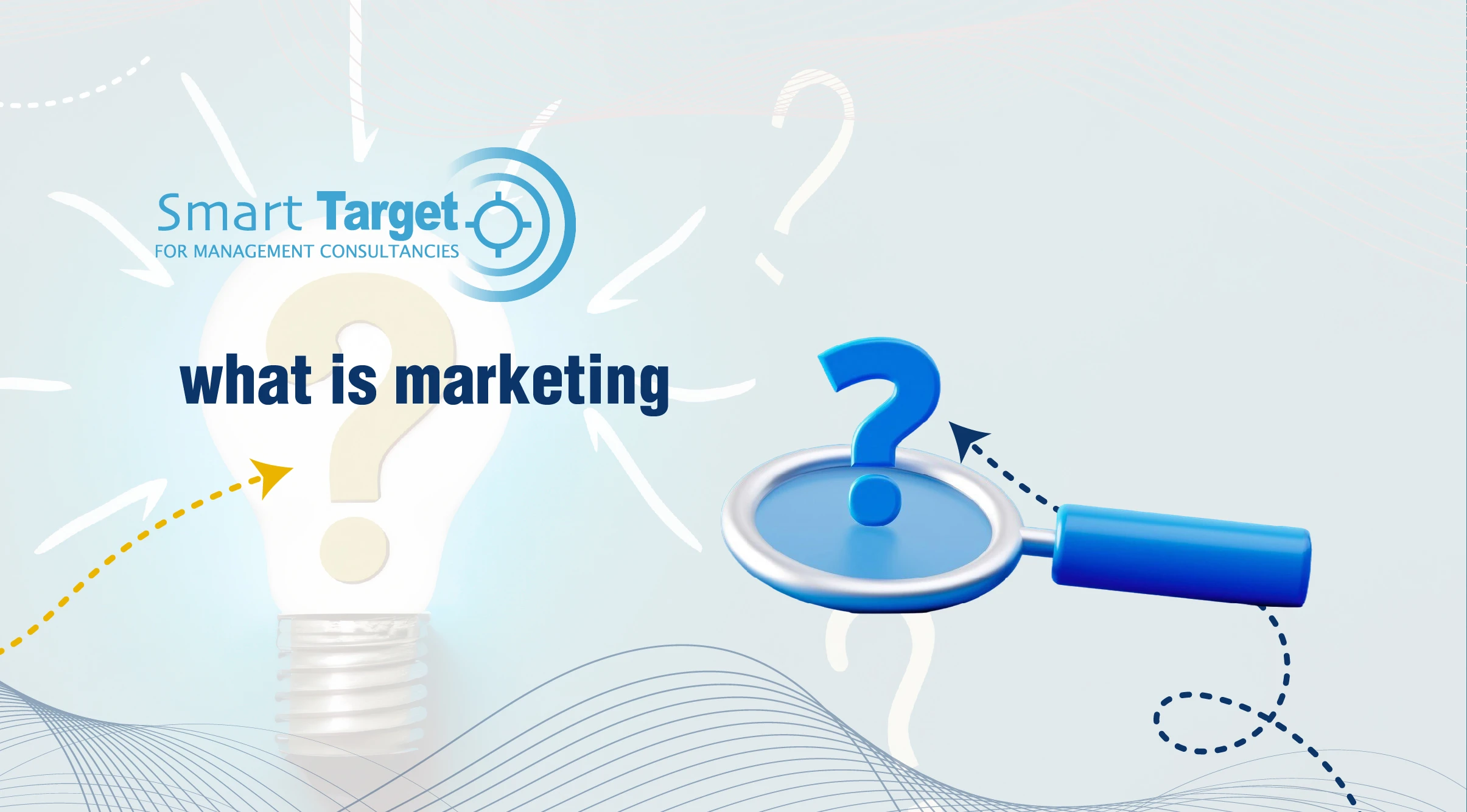

Marketing is a set of activities and processes aimed at:
Understanding customers' desires: by studying their needs and behavior and determining what they are looking for in products and services.
Developing products or services that meet these desires: This is done by designing, developing, and producing products in a way that meets customer needs and creates value for them.
Communicating with customers: through advertising, public relations, and digital marketing to introduce them to products and services and persuade them to buy them.
Distribution of products and services: By creating effective distribution channels that make products and services easily available to customers.
Providing excellent customer service: by building strong relationships with customers and providing after-sales service that ensures their satisfaction with products and services.
Marketing objectives:
It helps companies understand customers' needs: by studying their behavior and determining what they are looking for in products and services.
It helps companies develop successful products and services: by designing, developing and producing products in a way that meets customer needs and creates value for them.
It helps companies reach customers: through the use of effective distribution channels and appropriate advertising means.
Helps businesses build strong customer relationships: by providing excellent customer service and building strong relationships with existing customers.
It helps companies achieve their financial goals: by increasing sales and reducing costs.
Marketing is an essential component of any successful business. By understanding customers' needs and developing products and services that meet those needs, companies can use marketing to reach customers, build strong relationships with them, and achieve their financial goals.
Stages of marketing development:
Marketing has gone through different stages throughout history, from its simple beginnings in ancient times to its complex and sophisticated forms today. Here are some of the most important stages of marketing development:
1. Production stage (focus on production)
The nineteenth century: This stage was characterized by abundant production and scarcity of goods, which made the focus more on production than marketing.
Objective: to meet the increasing demand for goods.
Strategy: Focus on production quality and cost reduction.
2. Sales stage (focus on selling)
Early 20th century: As the number of companies and products increased, the focus became more on selling products than producing.
The goal: getting rid of surplus production and making a profit.
Strategy: Use direct selling and advertising methods to increase sales.
3. Marketing orientation stage (focus on customer needs)
Mid-20th century: Companies begin to focus on customer needs and wants rather than on production or selling.
Objective: Understand customer needs and provide products and services that meet these needs.
Strategy: Conduct market research to understand customer needs, develop products and services that meet these needs, and use different marketing methods to attract customers.
4. Social orientation stage (focus on social responsibility)
Late 20th century and 21st century: Corporations began to focus on social responsibility and the environmental impact of their activity.
The goal: achieving a balance between profits and social responsibility.
Strategy: Develop environmentally friendly products and services, support social issues, and communicate with customers in a transparent manner.
5. Digital orientation stage (focus on digital marketing)
21st century: With the spread of the Internet and technology, the focus has become more on digital marketing than traditional marketing.
Objective: Reach customers online and use different digital marketing channels to communicate with them.
Strategy: Use social media, search engines, email, content marketing, and other digital marketing channels to connect with customers.
Marketing success factors:
Marketing success depends on a set of interconnected factors, here are some of the most important:
Understanding customer needs:
Conduct market research: to understand customer needs, wants and behaviour.
Determine your target audience: Determine the characteristics of your target audience in terms of age, gender, location, and interests.
Understanding the customer journey: Analyzing the stages of the customer journey from product recognition to purchase.
Providing products or services that meet customer needs:
Developing high-quality products that meet customer needs and provide value.
Providing excellent customer service: Meets customer expectations and ensures customer satisfaction.
Building a strong brand: distinguishes the company from its competitors and creates a positive image in the minds of customers.
Choose marketing channels that suit your target audience: such as social media, search engines, advertising, and public relations.
Create valuable content that attracts potential customers: such as articles, images, videos, and e-books.
Measuring the results of marketing campaigns: to determine what is effective and what is ineffective and to continually improve performance.
Building strong relationships with customers:
Continuous learning: through reading books and articles, and attending conferences and events.
Experimenting with new marketing techniques: such as influencer marketing and artificial intelligence marketing.
Adapting to changes in customer behavior: such as their increasing use of the Internet and technology.
Marketing Basics: This book is an essential reference in the field of marketing, as it provides a comprehensive explanation of marketing principles and their applications.
From Good to Great: This book provides an analytical study of companies that have achieved qualitative leaps in their performance, and identifies the factors that helped them achieve this.
Starting with Why: This book explains the importance of determining why you do what you do, and offers tips on how to use why to enhance your impact.
Don't Eat Alone: This book offers advice on how to build strong relationships with others, and offers guidance on how to use those relationships to achieve success in your career.
The Can't Refuse Offer: This book explains the principles of influence and provides tips on how to use these principles to create offers that can't be refused.